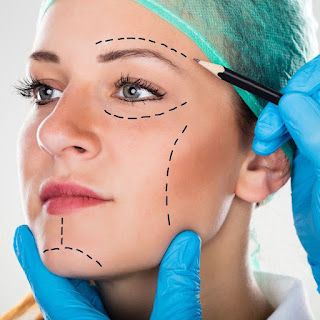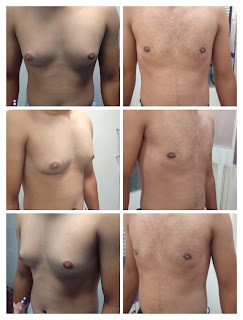3D Printing in Plastic Surgery
3D Printing in Plastic
Surgery
Plastic surgery is
known for Two arms; reconstructive and aesthetic surgery. It is known for
properly & meticulously planning and perfectly executing the plan to give the desired
result. Plastic surgeons don’t like surprises. They plan surgery with paper,
drawings, transparencies, wax models, clay models and what not. For
craniofacial surgeries different views X-ray films, CT scan and 3D
reconstruction with CT scan are the usual protocol.
Now the new technology 3D printing is coming to
help for better planning and better surgical management in plastic surgery. 3D
printing is vastly used for all industries and in all modalities of medicine
all over the world.
It is of use in plastic surgery in many aspects
like
·
Education of trainee
·
Teaching models
·
Planning of surgeries specially craniofacial and cosmetic
surgeries, where we can cut out the patient’s anatomy and learn what it is
before going for surgery. Great thing is its ability to create almost any shape
and geometric feature. In such a world, patients would have total control over
the exact shape and size of the implants they want.
·
Making implants to the size of defect and model them and
bend plates & screw before the surgery. This saves a lot of time and
intraoperative fallacies. This ultimately improves the post operative recovery
& final result.
·
Pre operative planning for potential bone graft harvesting geometry
and prefabrication is possible.
·
In patients with facial defects and deformities, creating
models of bones, soft tissue and vasculature helps to eliminate surprises,
minimizes complications and improves precision of surgery.
·
In cranial deformities it’s very helpful by creating the
patients skull parts, then creating ideal skull which you like to make and then
cutting and arranging bones and plan how to reconstruct.
·
Since the model is a facsimile of the patient’s actual
physiology, surgeons can use it to shape metal inserts that fit precisely along
a patient’s residual bone. The insert might be a plate that supports a damaged
mandible or a titanium mesh for reconstructing a damaged eye socket. Without 3D
physical models to work from, it would force surgeons to rely on time-consuming
trial and error to shape the metal implants and risk potential tissue damage.
With 3D printed models
surgeon open the patient up, slide in the device, check the fit, and start the
patient’s recovery.
·
Ear reconstruction using 3D printing will change the
complete management protocol for these patients and will give more pleasant and
patient specific results.
·
Upper limb prosthesis, customized to patients needs and to
his anatomy.
·
Breast implants, nose implants customized to patient for
better aesthetic look.
Looking at the uses and simplicity of 3D printing,
it will become a usual protocol in every plastic surgeons methodology. 15 years
back I have never thought that I will be addicted to computers, internet and
mobiles and use them as I am using, but good things never stops back, so the 3D
printing in plastic surgery. Future will show us more uses of this technology
in 3D bioprinting, making live tissue of customizable shapes and sizes. One may
opt for Madonna’s chin, Nicole Kidman’s nose, Jennifer Lopez’s buttocks and
what not. More monitoring and regularization of this technology will be necessary
at that time.






3D printing plastic surgery seems like a promising technology but one thing we should also consider is if the cosmetic surgery center provides Best Practices In Cosmetic Surgery.
ReplyDelete